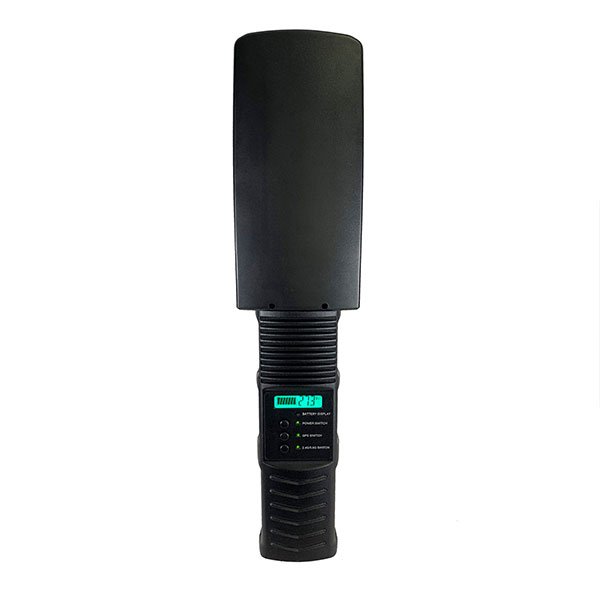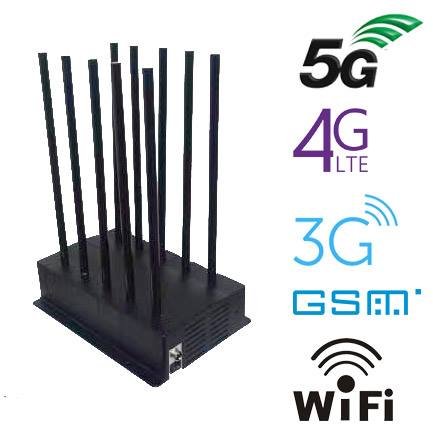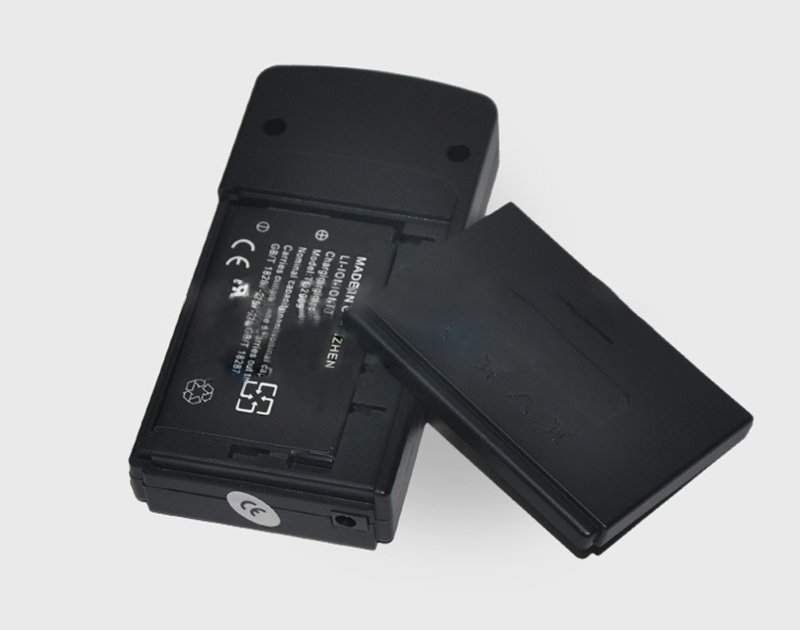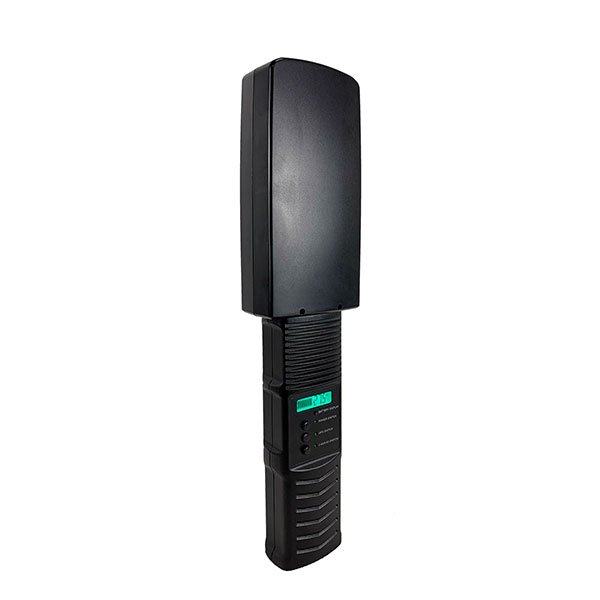Background:
The counterattack equipment used to mitigate the effects of drone jammers usually consists of a strike transmitter module, a transmitting antenna, and battery management and control circuits. The effectiveness of the counterattack, especially the distance at which it can be performed, depends on the strike transmitter module and the transmitting antenna. The output power of the strike transmitter module is the key factor in determining the counterattack distance of the entire system, without considering environmental and engineering factors. Best-selling Drone Jammer, WIFI jammers and GPS jammers in Europe and America.

Requirements:
In some drone jammer counterattack systems, users require the ability to adjust and control the strike power for the following reasons:
- Customer protection level requirements: During special periods, the system should have the longest counterattack distance, while a moderate counterattack distance is sufficient for normal operation.
- Compliance with standards: Some standards impose limits on the equivalent isotropic radiated power (E.R.I.P) of the transmitting equipment, which usually only meets the basic requirements of the counterattack distance. In order to achieve customer satisfaction, the equipment may break or exceed the limit. During the acceptance or testing process, the equipment must have the ability to adjust the power to meet the limit value requirements.
- Extend the life of the equipment: High-power equipment generates a lot of heat when outputting high power, which has a negative impact on the service life of the transmission module and the entire system. To extend the life of the device, it can transmit low or medium power for effective counterattack when the target drone approaches, avoiding frequent high-temperature operation.
- Save power: Portable devices are limited by size and weight, and the battery capacity is usually small. As the requirements for portable drone jamming counterattack equipment become higher and higher, including multiple transmission frequency bands and additional modules such as navigation deception and target measurement, the demand for battery energy is also increasing. Power consumption mainly comes from the transmitting module, so reducing the transmission power when the target approaches can save power.
- Improve device performance: Selecting too high an output power for portable devices can lead to heat dissipation and power consumption problems. However, there are cases where short bursts of high power are required, such as when the target drone is close to the controller or to demonstrate the counterattack effect. In this case, the device should be able to temporarily provide higher output power to enhance performance. This requires a high-power module that mainly operates at medium power but can provide more power when needed.
In short, a simple and effective solution is needed to adjust the output power of the transmitting module. The adjustment range is usually between 25% and 100% of the nominal output power, which can be achieved through discrete or continuous adjustment levels. Fixed equipment is best served with stepless, continuous adjustment to enhance the customer experience, while portable equipment typically includes 2-3 adjustable levels.

Principle:
This section introduces the power regulation principle of the transmitter module that impacts the counterattack.
The impact transmitter module is generally composed of a swept frequency signal source, which cycles between frequencies f1 and f2, generally ranging from tens to hundreds of MHz. The expected output power should remain stable over the entire frequency range. However, due to the change in amplification and the different working states of the promotion stage and the output stage, adjusting the power of the signal source will cause power output fluctuations at different frequencies. It is not ideal to adjust the output power of the entire module because this requires changing the output stage scheme, increasing costs and reducing module efficiency.
The most practical method is to adjust the operating voltage of the output stage, which directly determines the saturation power of the transmitter module. By controlling the operating voltage, the output power of the transmitter module can be stably adjusted. Tests on various transmitter modules have shown that reducing the power supply voltage always produces the desired power regulation effect, improves efficiency, and is beneficial to the battery consumption of portable devices.
Solution:
Different types of devices require specific implementation schemes to adjust the power supply voltage and achieve power regulation.
For battery-powered portable devices, a 2-3-level output power regulation scheme is suitable. The operation should be fast and simple, and easy adjustment is usually achieved through mechanical buttons. By using one or more switches, the output power of the device can be quickly adjusted according to demand, providing an ideal operating solution.
Best Selling Signal Jammers
-
Product on sale
 4G Jammer Hot Sale 8 Antenna Portable Handheld Cell Phone Signal BlockerOriginal price was: $599.00.$219.99Current price is: $219.99.
4G Jammer Hot Sale 8 Antenna Portable Handheld Cell Phone Signal BlockerOriginal price was: $599.00.$219.99Current price is: $219.99. -
Product on sale
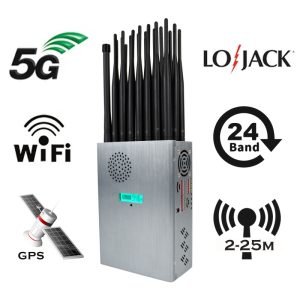 World First Portable 24 Antenna Full Frequency Jammer Blocks All SignalsOriginal price was: $1,599.00.$829.88Current price is: $829.88.
World First Portable 24 Antenna Full Frequency Jammer Blocks All SignalsOriginal price was: $1,599.00.$829.88Current price is: $829.88. -
Product on sale
 Handheld 4G 5G Jammer VHF LOJACK WiFi GPS 16 Antenna Interceptor High PerformanceOriginal price was: $1,539.00.$839.99Current price is: $839.99.
Handheld 4G 5G Jammer VHF LOJACK WiFi GPS 16 Antenna Interceptor High PerformanceOriginal price was: $1,539.00.$839.99Current price is: $839.99. -
Product on sale
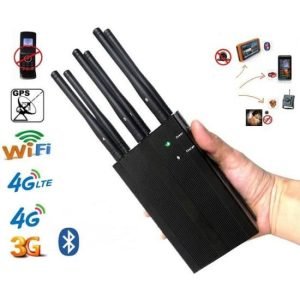 6 Antennas Cell Phone Signal Jamming Device WIFI GPS GSM 3G CDMA DCS 4GOriginal price was: $429.00.$299.99Current price is: $299.99.
6 Antennas Cell Phone Signal Jamming Device WIFI GPS GSM 3G CDMA DCS 4GOriginal price was: $429.00.$299.99Current price is: $299.99.


